TABLE 15-5
What are the factors that determine the acceleration time (in sec.) from 0 to 60 miles per hour of a car? Data on the following variables for 171 different vehicle models were collected:
Accel Time: Acceleration time in sec.
Cargo Vol: Cargo volume in cu. ft.
HP: Horsepower
MPG: Miles per gallon
SUV: 1 if the vehicle model is an SUV with Coupe as the base when SUV and Sedan are both 0
Sedan: 1 if the vehicle model is a sedan with Coupe as the base when SUV and Sedan are both 0
The regression results using acceleration time as the dependent variable and the remaining variables as the independent variables are presented below.
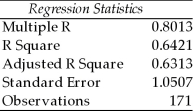 ANOVA
ANOVA

 The various residual plots are as shown below.
The various residual plots are as shown below.
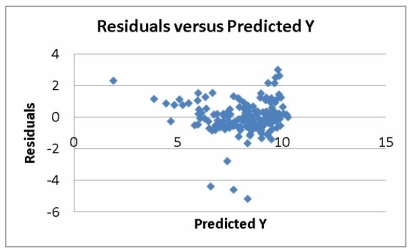
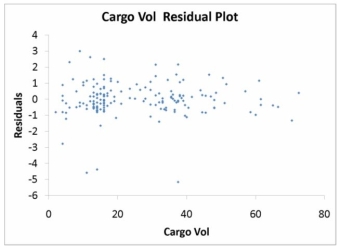
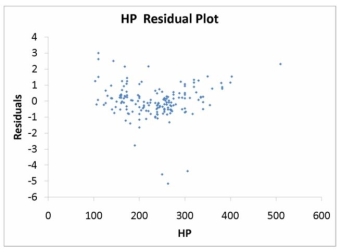
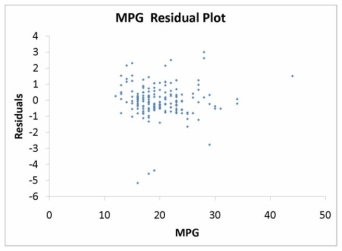
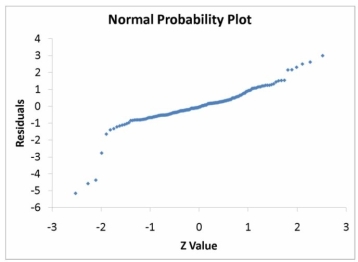 The coefficient of partial determination (
The coefficient of partial determination (  ) of each of the 5 predictors are, respectively, 0.0380, 0.4376, 0.0248, 0.0188, and 0.0312.
) of each of the 5 predictors are, respectively, 0.0380, 0.4376, 0.0248, 0.0188, and 0.0312.
The coefficient of multiple determination for the regression model using each of the 5 variables as the dependent variable and all other X variables as independent variables (  ) are, respectively, 0.7461, 0.5676, 0.6764, 0.8582, 0.6632.
) are, respectively, 0.7461, 0.5676, 0.6764, 0.8582, 0.6632.
-Referring to Table 15-5, ________ of the variation in Accel Time can be explained by the five independent variables.
Definitions:
Oculars
Refers to the eyepieces on optical devices, such as microscopes and telescopes, that magnify images for viewing.
Magnifying Lens
An optical device used to make small objects appear larger by focusing light through a convex lens.
Eyepieces
Optical elements of a microscope or telescope that the viewer looks into to magnify and examine the image of an object.
Light Source
A device or natural object (like the sun) that emits light, used in various contexts such as photography, surgery, or illumination.
Q8: Special or assignable causes of variation are
Q12: A major DVD rental chain is considering
Q24: Each forecast using the method of exponential
Q48: Which of the following is used to
Q57: Referring to Table 12-3, which test would
Q74: A model that can be used to
Q96: Referring to Table 13-3, suppose the director
Q110: Referring to Table 14-7, the department head
Q130: Referring to Table 13-12, there is no
Q173: The Durbin-Watson D statistic is used to